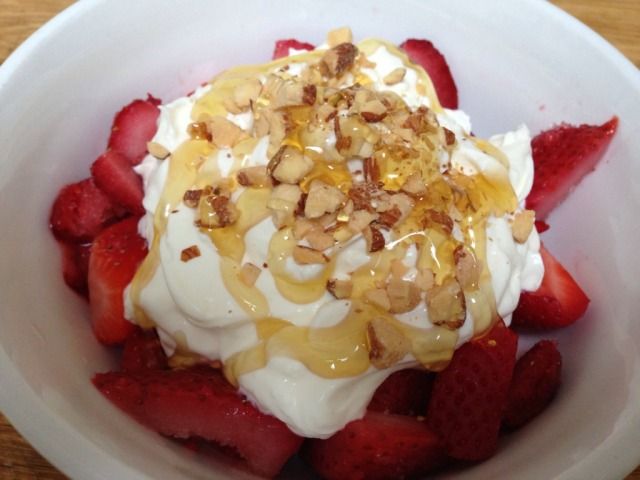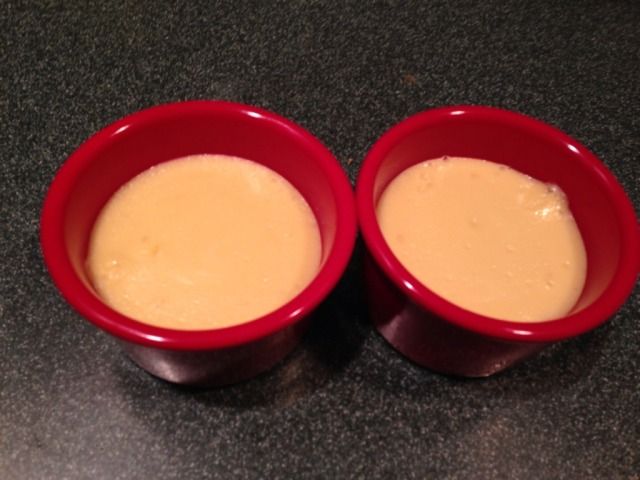This is why, when I encounter someone who does something that requires more effort than I am willing to put forth, I say "you're a braver man than I am." 300-pound deadlifts come to mind. I simply don't have the balls for it.
But, I digress. This whole discussion of gender roles as limiting factors is nothing but a cute way to introduce tonight's dinner (and tomorrow's breakfast): Sausage, Broccoli, and Cheddar Quiche.
Quiche is one of those dishes that can be enjoyed any time of day. The egg base says breakfast, the pastry crust says lunch, the fillings can speak to a light supper, or more substantial if you are accompanying it with a bowl of hearty soup or plan to follow it with a rich dessert.
This one follows a simple formula I found online: a custard made with 6 eggs, 1 cup heavy whipping cream, and 8 oz shredded cheese. This formula yields a very creamy and dense filling, which holds up well when hot, and is decadently goopy when refrigerated (one of my avowed guilty pleasures).
This one follows a simple formula I found online: a custard made with 6 eggs, 1 cup heavy whipping cream, and 8 oz shredded cheese. This formula yields a very creamy and dense filling, which holds up well when hot, and is decadently goopy when refrigerated (one of my avowed guilty pleasures).
I often make crust-free quiches, but tonight I chose to go whole-hog and make a crust. You can use a premade crust if you don't feel confident in your pastry-making abilities, but a crust from scratch is quite simple.
I used a false-bottomed 9" quiche pan, a full 2" tall. This makes it easier to slice and serve. But a deep pie plate will work just as well. However, be mindful that you do not overfill a shallow pie plate.
Now, the method:
Now, the method:
Preheat oven to 375º Fahrenheit
CRUST:
- 1 1/2 cups all-purpose flour
- 4 oz (1 stick) butter (I used salted), chilled, and cut into 1/2" dice
- 1/4-1/2 teaspoon salt (or to taste)
- 1/4 cup ice water
In a food processor (or in a bowl using a pastry cutter), blend together the butter, salt, and flour, until it has the appearance of cornmeal. Continuing to blend, slowly add in the ice water, until the dough begins to hold together. Now, at this point, most recipes will tell you to wrap the dough ball in plastic and refrigerate for half an hour or more. I didn't do this. I was hungry.
Sprinkle your counter with flour and roll out the dough into a circle approximately 13" in diameter. It won't be perfect Don't stress. If there are bits missing from one end and sticking from the other end, just use moist fingers to pick up the extra bit from one side and stick it on the other side.
Line your pie plate or quiche pan with the pie crust. Make sure you press the dough firmly against the bottom and sides of the pan. Trim the edge of the crust. You can save the trimmings and make mini pies or just accumulate them for a future frugal quiche or pie crust.
Many recipes tell you to blind-bake your crust. This is not necessary, so don't even bother looking it up.
FILLING:
Sprinkle your counter with flour and roll out the dough into a circle approximately 13" in diameter. It won't be perfect Don't stress. If there are bits missing from one end and sticking from the other end, just use moist fingers to pick up the extra bit from one side and stick it on the other side.
Line your pie plate or quiche pan with the pie crust. Make sure you press the dough firmly against the bottom and sides of the pan. Trim the edge of the crust. You can save the trimmings and make mini pies or just accumulate them for a future frugal quiche or pie crust.
Many recipes tell you to blind-bake your crust. This is not necessary, so don't even bother looking it up.
FILLING:
- 1 pound breakfast sausage
- 1 medium onion, finely diced
- 1 pound broccoli florets, thawed, chopped, and drained
- 6 eggs
- 1 cup (8 fluid ounces) heavy whipping cream
- 8 ounces grated cheddar cheese
- Salt and pepper to taste
In a heavy skillet, crumble and brown the breakfast sausage along with the onion. When the onion is soft and translucent, remove from the heat and add the chopped/drained broccoli. Set aside to cool for a few minutes.
In a large bowl, mix the eggs and cream. Add in the cheese and sausage/broccoli mixture. Stir until well mixed. Season with salt and pepper.
In a large bowl, mix the eggs and cream. Add in the cheese and sausage/broccoli mixture. Stir until well mixed. Season with salt and pepper.
Pour the filling into the crust, and bake at 375º for 1 hour and 15 minutes, or until set and golden on top. The quiche is cooked when it springs back to the touch, or when a toothpick or cake tester comes out clean. If you have an instant-read thermometer, check that the internal temperature is at least 160º F.
Remove from oven and allow to cool at least 20 minutes before serving. I don't want anyone blaming me for their case of "quiche mouth."


